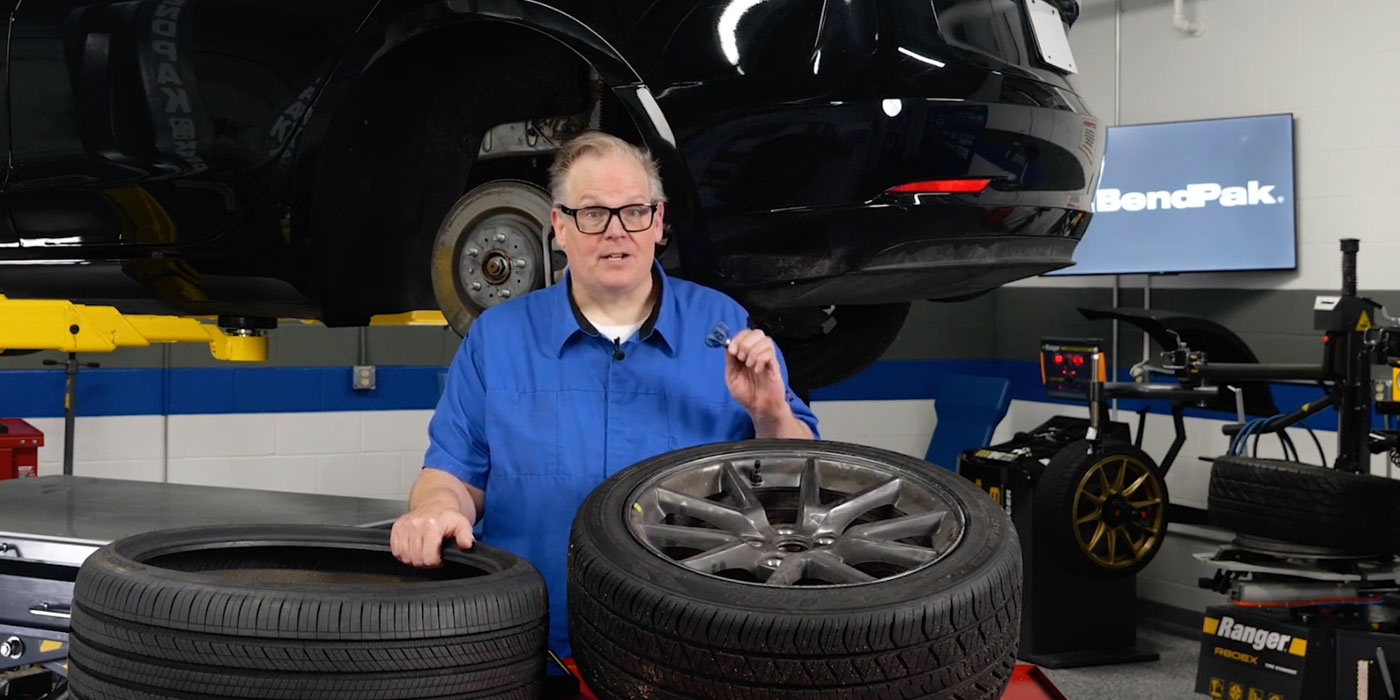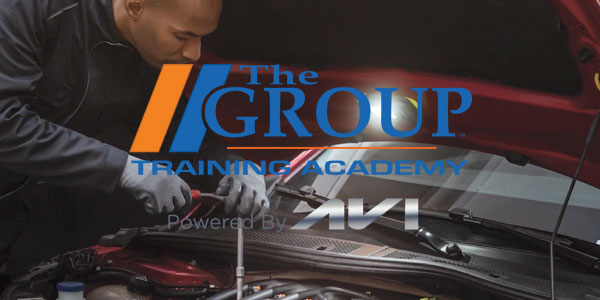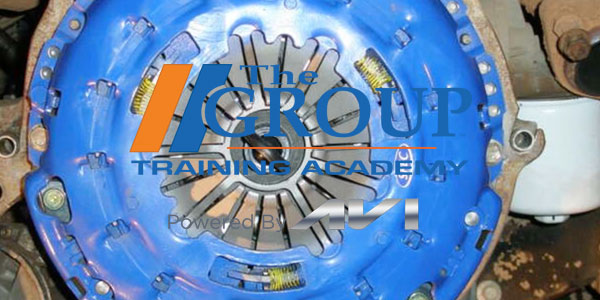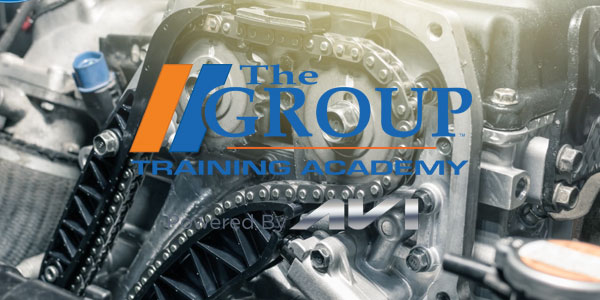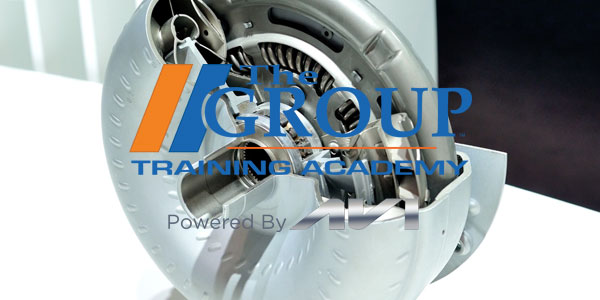Many engines today have two or more belts that will need to be replaced at some point.
One is a serpentine belt on the front of the engine that drives engine accessories such as the alternator and the air-conditioning compressor.
The other is the timing belt. If the engine has an overhead-cam design, timing-belt failure is serious business. If the belt fails, the engine will stop. If the engine is an interference engine, engine damage can occur to pistons and bows.
It is so important to replace timing belts at the recommended service intervals called out by the vehicle manufacturer. Recommended maintenance and replacement of the belt could be at 60,000, 90,000 or 100,000 miles. Belt replacement should be done as recommended, and it’s that simple.
This video is sponsored by Continental.







